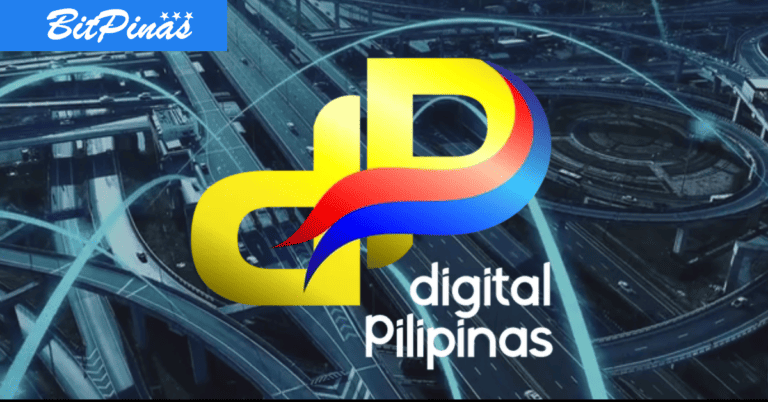Decentralized Finance 101 | DeFi Guide
Decentralized Finance (DeFi) refers to financial tools built on top of blockchains, consisting of smart contracts, protocols, decentralized applications (DApps).

Decentralized Finance (DeFi) refers to financial tools built on top of blockchains, consisting of smart contracts, protocols, decentralized applications (DApps).
DeFi platforms are usually open-source decentralized networks that give users the advantage of third-party elimination and easier uncensored access unlike traditional financial systems.
There are several types and use cases of DeFi platforms.
Lending
Lending is by far the most popular use case of DeFi, largely caused by the meteoric rise of lending platforms like CDP MakerDAO, Blockfi, CoinLoan, etc.
These lending platforms administer loans to individuals and businesses without any middlemen involved. On the flipside, they allow anyone to earn interest on the stablecoins and cryptocurrencies they supply.
Decentralized lending protocols have several features that are nonexistent with traditional lending platforms.
For one thing, there are no credit checks, which means that people that cannot tap into traditional services can have access to DeFi lending. Having no middlemen and no paperwork make the settlements faster and more secure. Furthermore, the costs are lower, which means higher interests for the lenders or lower interest imposed on the lendees.
MakerDAO is currently the leading lending platform that enables users to issue a stablecoin called DAI, by locking up their ETH as collateral.
Decentralized Exchanges and Marketplaces
DEXes are applications that enable users to buy, sell, or trade cryptocurrencies without a custodian. Most of these exchanges run on top of decentralized open blockchains like Ethereum and Stellar.
These types of DEXes utilize token swaps, a mechanism that enables the swap of two tokens that live on the same chain. For instance, Zilliqa and Bytom are both ERC-20 tokens that run on Ethereum, therefore, they can be swapped easily by an Ethereum DEX such as IDEX.
There are other DEX platforms that are building more sophisticated systems that can do cross-blockchain swaps such as Binance DEX and McafeeDEX, but these versions will take more time to be ready for the masses.
Payment Channels
Payment channels are second-layer overlay networks built on top of blockchain systems like Ethereum and Bitcoin. On-chain transactions are typically slow and costly, therefore, second layer solutions were built to create instant payment transfers at a fraction of the cost.
Bitcoin’s Lightning Network remains the most prominent payment channel while Ethereum’s Plasma is also gaining wide adoption.
Prediction Markets
Prediction markets are markets where people bet on the occurrence of events in the future. This could range from election results to commodity prices. Prediction markets can either be used for speculating in world events or hedging risk.
Decentralized prediction markets do the exact same thing but with no ability to censor the markets. The most popular platform for this is Augur.
Issuance Platforms
Another popular use case for DeFi are token issuance platforms like Polymath and Swarm. These platforms provide resources and tools for issuers to launch their own tokenize securities that will run on a blockchain ledger.
The DeFi market is growing at a rapid rate since the crypto hype had died down and more people are demanding real use cases for blockchain technology. In the coming months, we shall see more DeFi systems than ever before, as more bona fide companies build financial applications and compete for relevance in the blockchain industry.
This article is published on BitPinas: Decentralized Finance 101 | DeFi Guide



